How to process currants from aphids during the ripening period of berries?
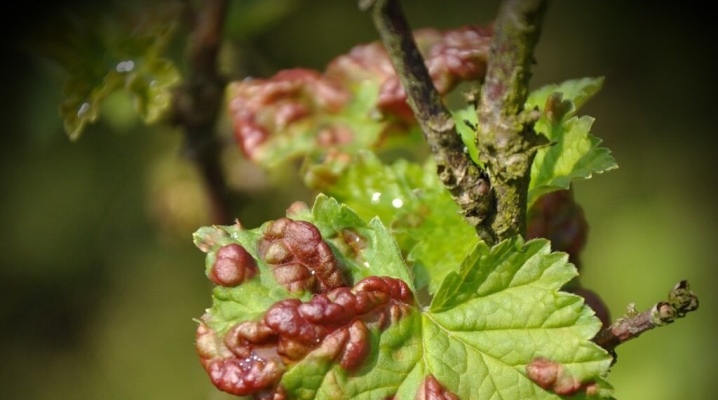
The appearance of aphids on currant bushes is a common phenomenon, but not the most pleasant one, since this insect causes great harm to the plant. We will tell you in what ways you can get rid of it in the article.
Processing features
Planting, watering, fertilizing and other care for currants is a troublesome business. However, the biggest problem for many summer residents who are engaged in gardening is the moment when aphids appear on the bushes. This problem occurs frequently, every year. In view of this, gardeners have a question about how and how to process this plant during the ripening period of berries or when there are already currant berries.
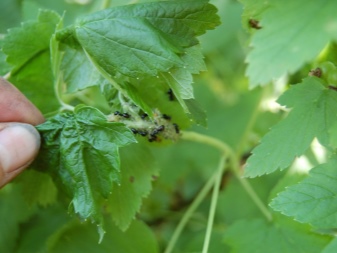
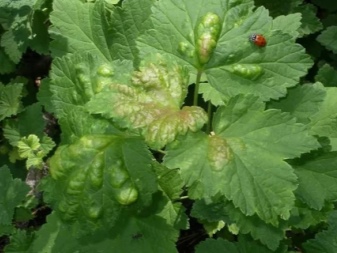
If aphids hit the plant, then measures must be taken quickly, if you have no desire to be left without a currant crop. However, regardless of whether you have black or red currants, you need to pay attention to the safety of the means used. You need to choose something that will not make the berries unsuitable for human consumption.
Most often, for these purposes, they use funds prepared independently from improvised components that are actively used in everyday life, however, some also do not hesitate to resort to the help of store-bought chemicals.
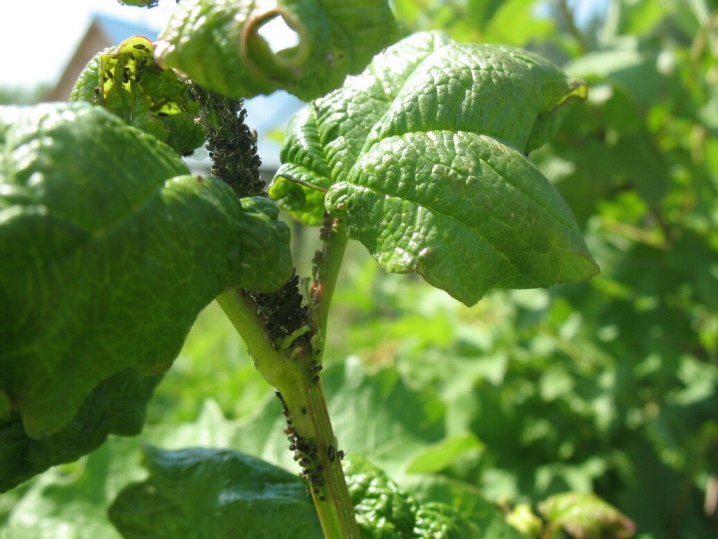
Most often, this plant is attacked by a gall aphid, it is also a leaf. Moreover, she does not attack one by one, but in whole groups or in colonies. In the case of attacks of gall aphids, swollen spots of a reddish hue appear on the leaves of the plant, and small black insects are located under them. If you do not take certain measures, then the plant will begin to dry out and die in the shortest possible time.
He loves currants and such a variety of aphids as gooseberry, which is also a shoot. In this case, the tops of the shoots of the plant begin to twist, in appearance resembling a cocoon. Most often, this species of aphids lives in them, which invariably attacks the plant along with ants. The insect is very small, up to 2 millimeters in length, has a green color. The shoot aphid lays large numbers of larvae on the currant, because of which the plant can quickly wither away.
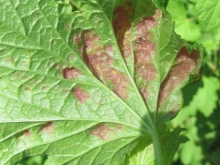
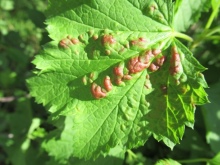

The gluttonous insect feeds on the juices of the leaves and berries of the plant, because of which it loses the nutrients it needs. Moreover, this can happen at different periods - both during flowering and fruiting of a shrub, and after it. And therefore, upon seeing features on your bush that indicate that aphids have appeared on it, begin to take certain control measures as soon as possible in order to save and not lose the plant.
Overview of chemicals
There are different measures for aphid control: spraying, root cultivation, tillage and hilling. Consider the tools that you can use for this.
Spraying
This method is one of the most effective on this list. It is carried out most often in the morning, before the sun appears, or in the evening, when the sun has already set. Moreover, if there is a strong wind or rain outside, then this procedure is highly discouraged. This method should be used before the buds open, so as not to harm beneficial insects, and the last treatment should be carried out at least a month before harvesting the fruits. During their ripening, such funds cannot be used.
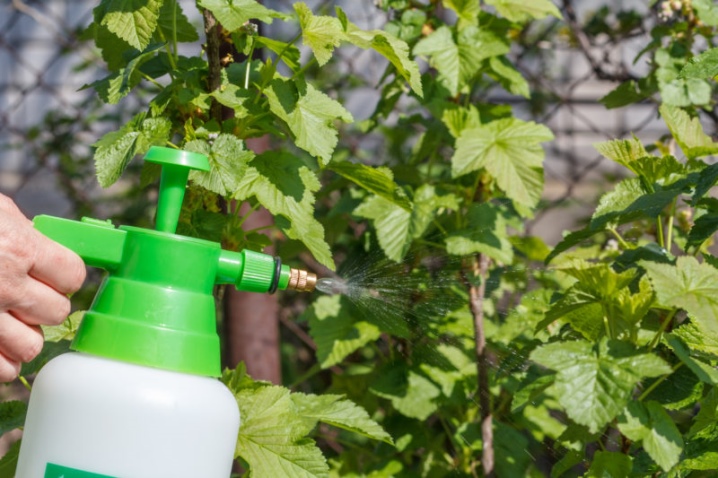
The most popular among gardeners for this method are such chemicals as "Aktara", "Inta-vir" and "Aktellik".
However, it should be borne in mind that these funds are quite effective, and the spectrum of their action is very wide, due to which, after using it, not only harmful aphids die out, but also those insects that benefit the shrub. This is considered one of the biggest disadvantages of these methods.
Besides, some organic products are also used for spraying. Their big plus is the absence of any harm to people and such beneficial insects as, for example, bees. The composition of the funds includes various bacteria, fungi and plant components. Treatment with such a preparation can take place even during a period when the fruits are already ripening on the currants.
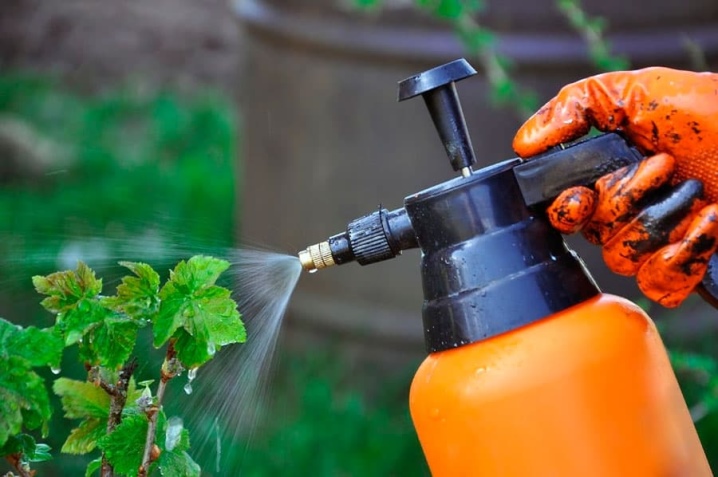
The most popular and effective formulations of this kind are Fufanon, Fitoverm and Aktofit.
A noticeable disadvantage of such funds is that the effect of it is not instantaneous, it will be noticeable only after at least a week. This substance, which is harmful to aphids, must still accumulate in her body. In addition, the effectiveness of this remedy will decrease if the weather suddenly deteriorates and it rains. At the same time, most likely, sprinkling with this agent once will not be enough - repeating this process of processing with such drugs is most often required more than once, with an interval of 10 days.
Root processing
This method is used mainly during the spring, when the snow has already melted. Processing a plant, in view of the fact that its buds have not yet awakened, can include absolutely any means. To do this, the root district is cleared, removing all that is left of last year's foliage and digging it up. At the same time, the top layer of the earth is treated with chemicals. The aforementioned "Aktara", "Inta-vir" and "Aktellik" are perfect for this.
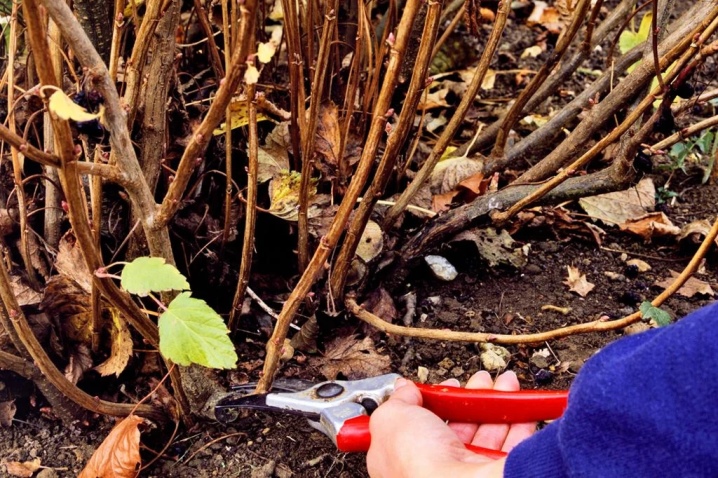
In the summer, guided by this method, you need to monitor the appearance of weeds and remove them on an ongoing basis, since it is they who, for the most part, contribute to the appearance of aphids and other insects that harm the shrub.
Tillage
The procedure implies the disinfection of the earth. They begin to carry it out in spring, while Bordeaux liquid or a solution of copper sulfate is used from chemicals. The big advantage of these funds is their low cost and, at the same time, high efficiency, which contributes to the destruction of not only voracious aphids, but also the removal of harmful bacteria and fungi. Tillage with such means is usually carried out throughout the season.
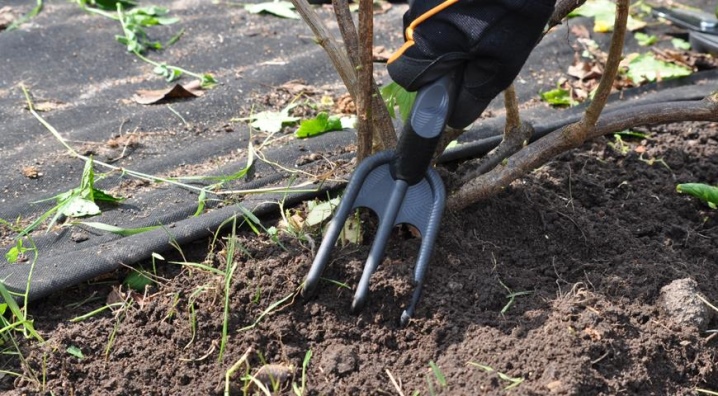
In the fall, they often resort to using a chemical such as bleach. It is quite effective, but it must be used with great care and safety. This solution is very toxic, which is its big drawback.
Folk methods of struggle
In order to fight harmful aphids, it is not necessary to use chemicals, you can also try what is at hand.
Ammonia
The composition of the tool includes the following components:
-
50 milliliters of ammoniacal alcohol;
-
10 liters of water;
-
100 g of laundry soap or a pinch of washing powder.
It will be enough to stir this solution and water the shrub from above with a watering can. Thanks to the use of soap or washing powder in the composition of a solution, all the necessary substances are well fixed on the foliage of the plant, which contributes to the duration and durability of action.
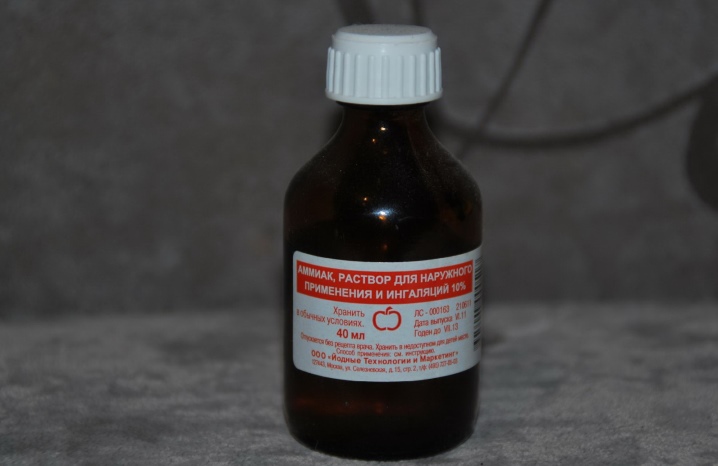
However, we note that it is often not recommended to use this kind of treatment, otherwise you only risk harming the plants, since a large amount of nitrogen will not benefit them. This procedure can be repeated only 2 weeks after the first treatment.
Infusion of marigolds
Another effective solution for the destruction of aphids on currant bushes, it is actively used by many gardeners. In order to prepare this product, you will need the following components:
-
10 liters of water;
-
half a bucket of small raw materials - crushed dry flowers of marigolds;
-
50 grams of grated soap.
Soap is added to the solution last. Before that, it must be infused for 3 days, then it must be well filtered and only after that add the already grated soap. After that, the solution can be used: they need to spray well those plants that have been affected by aphids.
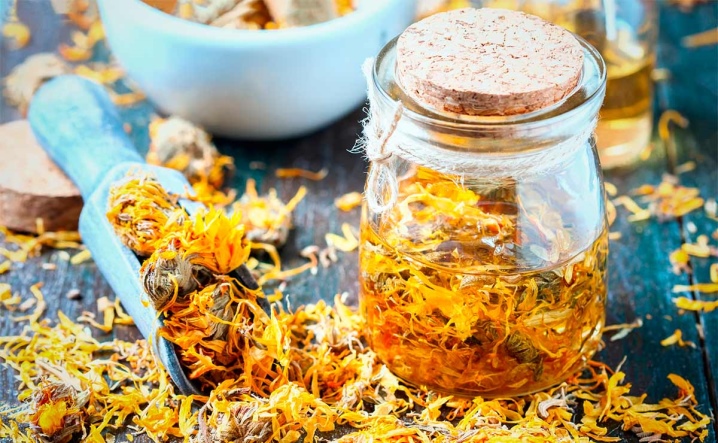
Vinegar
For this solution, you will need ingredients such as:
-
200 milliliters of table vinegar;
-
9 liters of water;
-
100 grams of laundry soap.
All this must be mixed, after which you can start processing the shrub. Such a solution works for about a week, while frightening off all pests, including aphids, with its aroma. This solution does not harm the berries at all.
Salt
Salt pests simply do not tolerate the spirit, and therefore it will be appropriate to adopt this tool. The composition of such a solution is quite simple:
-
10 liters of water;
-
1 kilogram of salt.
In order for the salt to dissolve better, we recommend that you heat the water a little. After that, you need to treat all problem shrubs with a solution. However, we note that it is better to use it for shrubs with dormant buds, for a plant with young foliage, or before harvesting fruits, this is not recommended.
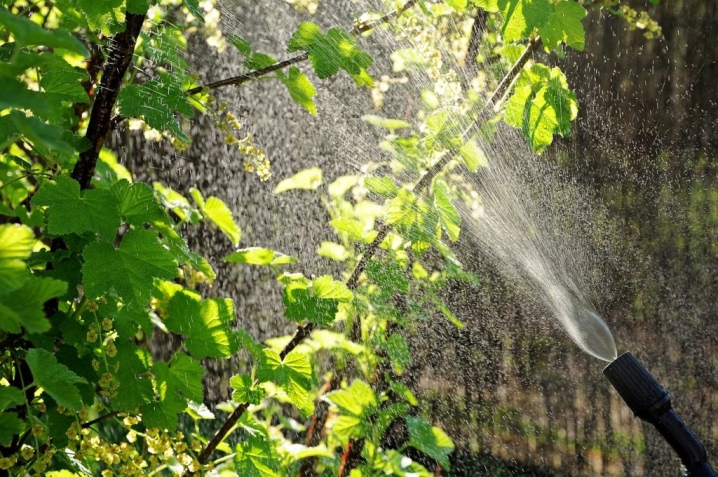
Soda
Another fairly common method of dealing with harmful insects. The composition includes the following components:
-
10 tablespoons of baking soda, which can be replaced with two tablespoons of soda ash;
-
100 grams of laundry soap;
-
9 liters of cold water.
All components must be mixed well, after which the plant must be sprayed with a spray bottle. Please note that it is necessary to devote time to processing the lower part of the currant foliage, since this is where most of the insects live.
It is recommended to repeat the treatment after 3 days.
Ash
This solution is equally popular. It includes:
-
0.2 kilograms of ash;
-
0.2 kilograms of laundry soap;
-
10 liters of water.
All of the listed components, except for soap, must be mixed and the resulting solution must be infused for about a day, after which it should be boiled well over medium heat, this must be done for half an hour. Then you can add soap.
It is necessary to spray the bushes with a solution at least 3 times in order to completely destroy the harmful insect.
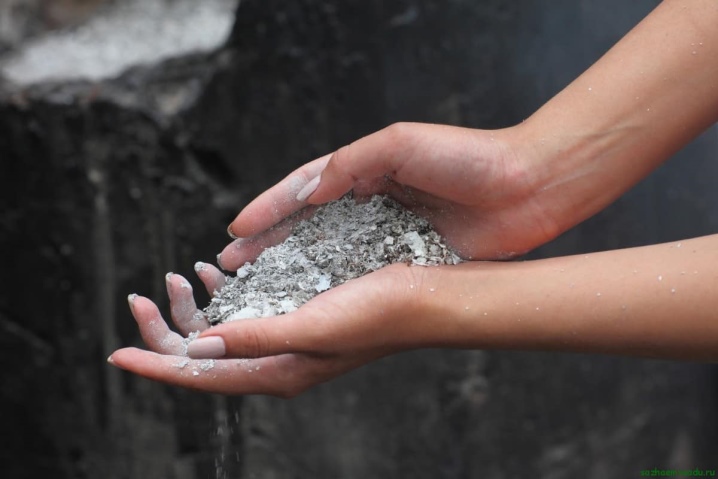
Milk serum
This solution is the easiest, since it does not even bother to prepare it. Milk whey just needs to be poured into a spray bottle and the plant is processed. This tool can be used again after 3 days. If you plan to carry out the treatment with whey on a regular basis, then it is better to do it once a week.
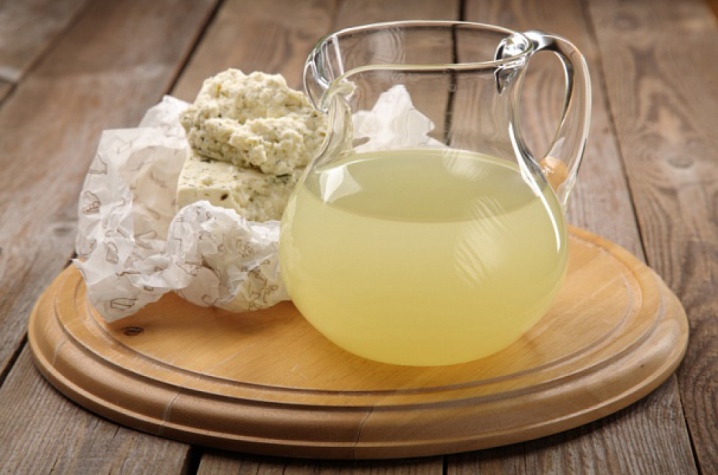













The comment was sent successfully.